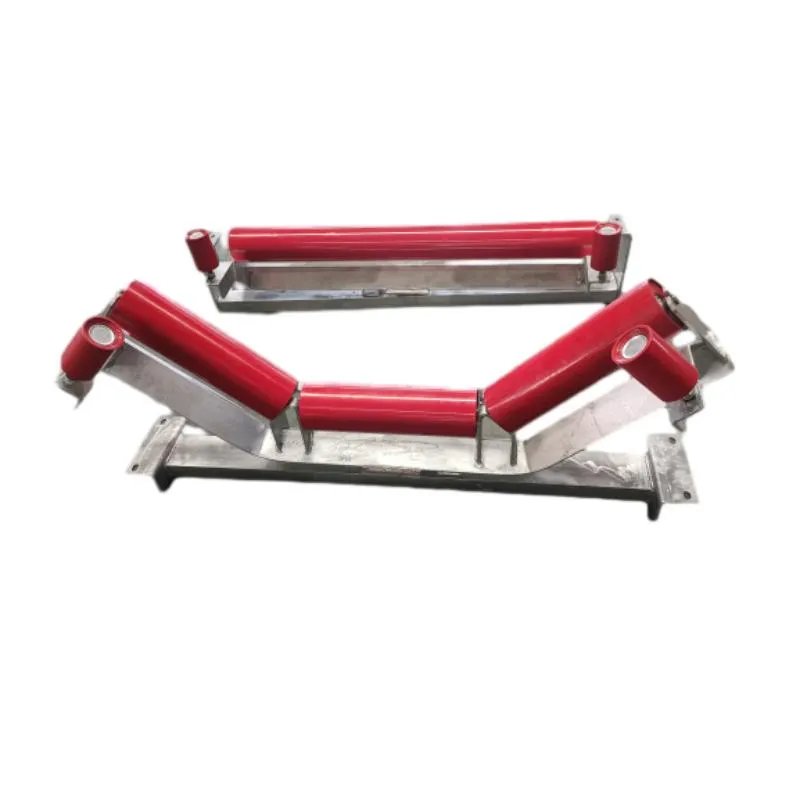 Afrikaans
Afrikaans  Albanian
Albanian  Amharic
Amharic  Arabic
Arabic  Armenian
Armenian  Azerbaijani
Azerbaijani  Basque
Basque  Belarusian
Belarusian  Bengali
Bengali  Bosnian
Bosnian  Bulgarian
Bulgarian  Catalan
Catalan  Cebuano
Cebuano  Corsican
Corsican  Croatian
Croatian  Czech
Czech  Danish
Danish  Dutch
Dutch  English
English  Esperanto
Esperanto  Estonian
Estonian  Finnish
Finnish  French
French  Frisian
Frisian  Galician
Galician  Georgian
Georgian  German
German  Greek
Greek  Gujarati
Gujarati  Haitian Creole
Haitian Creole  hausa
hausa  hawaiian
hawaiian  Hebrew
Hebrew  Hindi
Hindi  Miao
Miao  Hungarian
Hungarian  Icelandic
Icelandic  igbo
igbo  Indonesian
Indonesian  irish
irish  Italian
Italian  Japanese
Japanese  Javanese
Javanese  Kannada
Kannada  kazakh
kazakh  Khmer
Khmer  Rwandese
Rwandese  Korean
Korean  Kurdish
Kurdish  Kyrgyz
Kyrgyz  Lao
Lao  Latin
Latin  Latvian
Latvian  Lithuanian
Lithuanian  Luxembourgish
Luxembourgish  Macedonian
Macedonian  Malgashi
Malgashi  Malay
Malay  Malayalam
Malayalam  Maltese
Maltese  Maori
Maori  Marathi
Marathi  Mongolian
Mongolian  Myanmar
Myanmar  Nepali
Nepali  Norwegian
Norwegian  Norwegian
Norwegian  Occitan
Occitan  Pashto
Pashto  Persian
Persian  Polish
Polish  Portuguese
Portuguese  Punjabi
Punjabi  Romanian
Romanian  Russian
Russian  Samoan
Samoan  Scottish Gaelic
Scottish Gaelic  Serbian
Serbian  Sesotho
Sesotho  Shona
Shona  Sindhi
Sindhi  Sinhala
Sinhala  Slovak
Slovak  Slovenian
Slovenian  Somali
Somali  Spanish
Spanish  Sundanese
Sundanese  Swahili
Swahili  Swedish
Swedish  Tagalog
Tagalog  Tajik
Tajik  Tamil
Tamil  Tatar
Tatar  Telugu
Telugu  Thai
Thai  Turkish
Turkish  Turkmen
Turkmen  Ukrainian
Ukrainian  Urdu
Urdu  Uighur
Uighur  Uzbek
Uzbek  Vietnamese
Vietnamese  Welsh
Welsh  Bantu
Bantu  Yiddish
Yiddish  Yoruba
Yoruba  Zulu
Zulu conveyor idlers
Understanding Conveyor Idlers Their Importance and Functionality
Conveyor idlers may seem like simple components, but they play a crucial role in the overall efficiency and performance of conveyor systems. These cylindrical rollers are strategically placed along a conveyor belt, supporting and guiding the material as it moves from one point to another. In this article, we will delve into the importance, types, and maintenance of conveyor idlers, emphasizing why they are essential in various industrial applications.
The Role of Conveyor Idlers
At its core, a conveyor system is designed to transport materials efficiently across distances. However, the effectiveness of this system relies significantly on the idlers that support the conveyor belt. Idlers help to reduce friction, which is vital for efficient material movement. They create a smooth surface for the conveyor belt to run over, minimizing energy consumption and wear and tear on both the belt and the motor.
Furthermore, idlers contribute to the alignment and tension of the conveyor belt, ensuring it remains straight and taut as it operates. This alignment is crucial for maintaining the conveyor's integrity and preventing misalignment issues that can lead to material spillage or damage to the belt.
Types of Conveyor Idlers
There are several types of conveyor idlers available, each designed for specific applications and environments. Here are the most common
1. Impact Idlers Placed at loading points, impact idlers are designed to absorb the shock of heavy loads falling onto the conveyor belt. Their robust construction helps prevent damage to the belt and ensures a longer lifespan.
2. Return Idlers These are used to support the conveyor belt as it returns to the loading area. Return idlers are essential for keeping the belt in shape and maintaining proper tension.
3. Training Idlers Also known as alignment idlers, training idlers help steer the belt and keep it centered on the pulleys. This prevents misalignment and ensures optimal operation.
conveyor idlers

4. Segmented Idlers These consist of multiple small rolls instead of a continuous roller. This design reduces the frictional forces and can enhance the handling of sticky materials, making them ideal for challenging applications.
Maintenance of Conveyor Idlers
Like any mechanical component, conveyor idlers require regular maintenance to ensure optimal performance. Neglecting idler maintenance can lead to several issues, including increased friction, material spillage, and premature wear on the conveyor belt and motor. Here are some maintenance tips
- Regular Inspections Frequent checks for wear and tear are essential. Look for signs of damage or misalignment, and replace idlers as needed.
- Lubrication Ensure that idler bearings are adequately lubricated to prevent overheating and mechanical failure.
- Cleaning Keep idlers and the surrounding area clean from debris and material buildup, which can hinder their operation.
- Alignment Checks Regularly verify that the idlers are properly aligned, as misalignments can cause increased wear and reduce efficiency.
Conclusion
In conclusion, conveyor idlers are integral components of conveyor systems that contribute significantly to their functionality and efficiency. Understanding the types of idlers and their maintenance will not only enhance the operational lifespan of the conveyor system but also improve safety and productivity within an industrial setting. As industries continue to evolve, the significance of robust and reliable conveyor systems, supported by effective idler solutions, will remain paramount.
-
Revolutionizing Conveyor Reliability with Advanced Rubber Lagging PulleysNewsJul.22,2025
-
Powering Precision and Durability with Expert Manufacturers of Conveyor ComponentsNewsJul.22,2025
-
Optimizing Conveyor Systems with Advanced Conveyor AccessoriesNewsJul.22,2025
-
Maximize Conveyor Efficiency with Quality Conveyor Idler PulleysNewsJul.22,2025
-
Future-Proof Your Conveyor System with High-Performance Polyurethane RollerNewsJul.22,2025
-
Driving Efficiency Forward with Quality Idlers and RollersNewsJul.22,2025





























